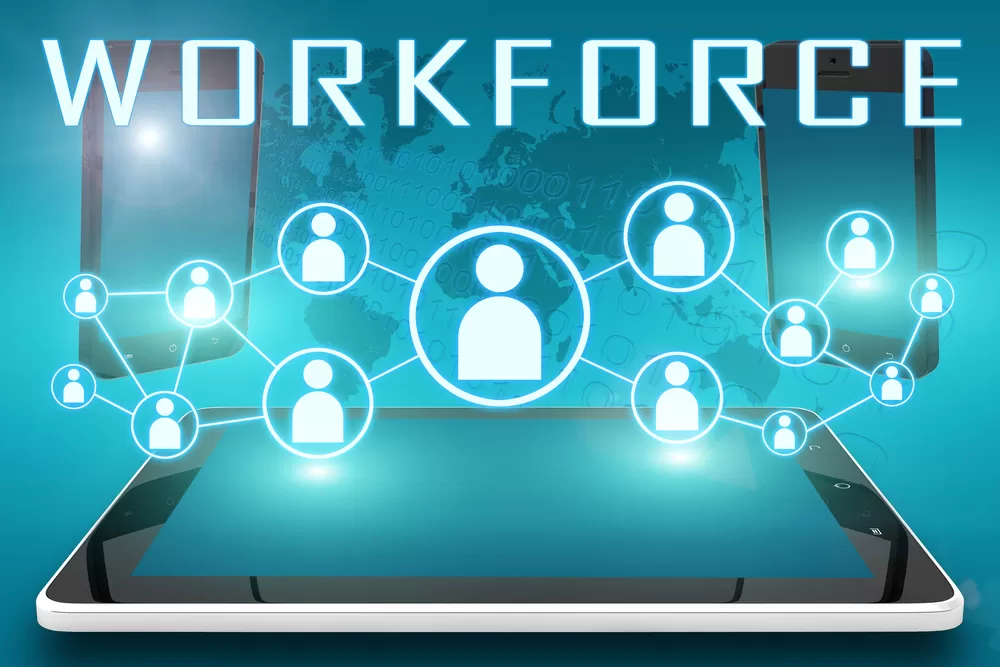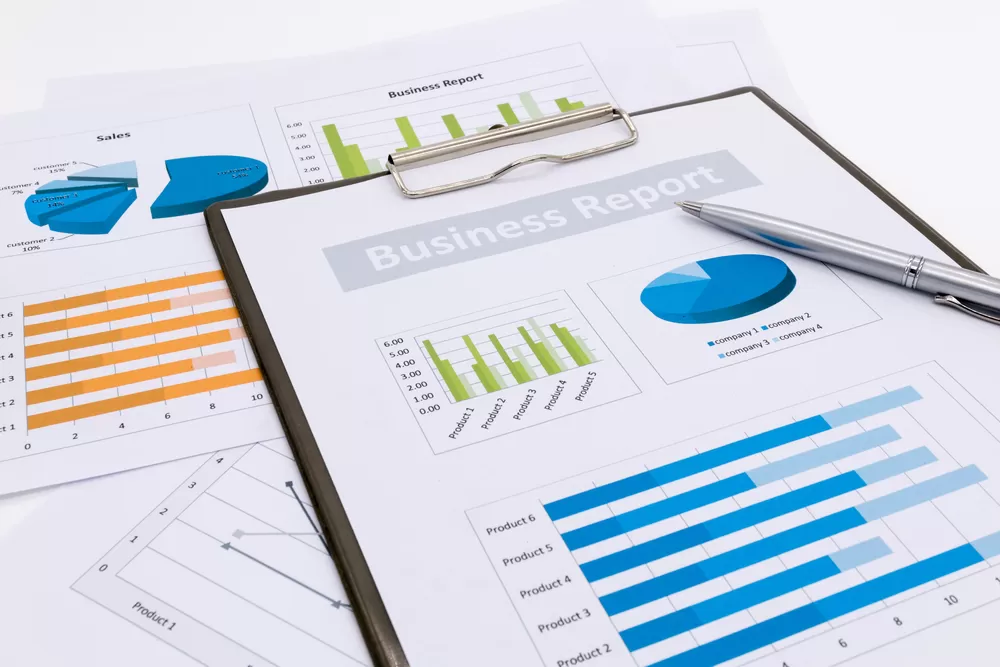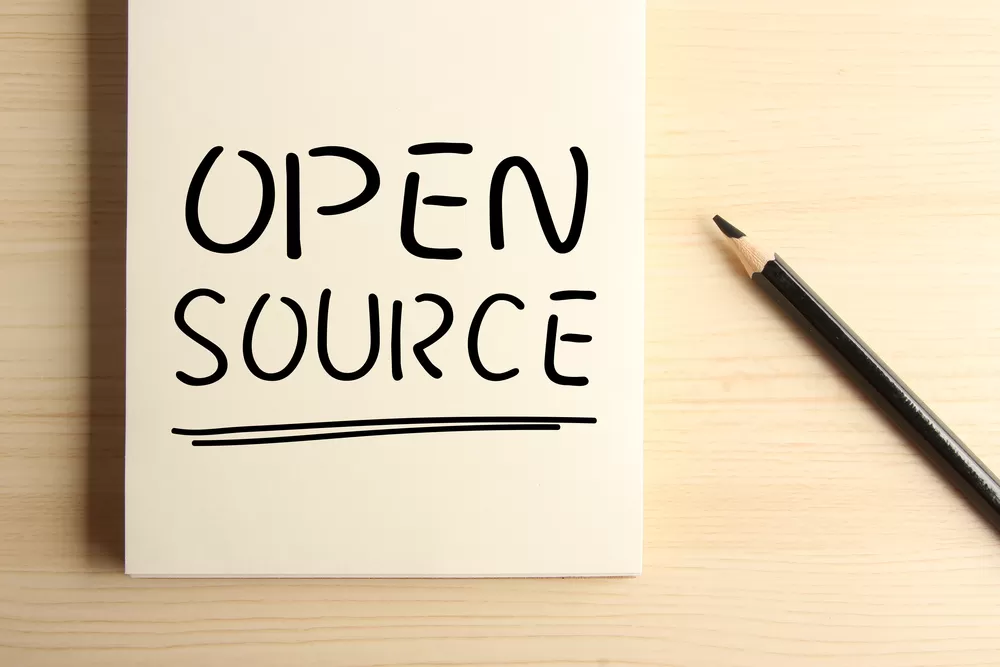Workforce management software can help companies efficiently manage their employees’ productivity in order to maximize returns. Many companies have decided to use workforce management software to assist with repetitive tasks and to gain insights into labor metrics.
What Is Workforce Management Software?
Sometimes the term workforce management software is used interchangeably with terms like human resources information system (HRIS) software, but at heart, workforce management software is a bit more basic. It’s used to assist with scheduling, time and attendance tracking, PTO, and analytics pertaining to labor use. These features are often found as part of a larger HRIS software suite but can be purchased separately.
A workforce management system is more focused on managing employees. Its features offer the workplace management tools a company needs to improve efficiency and productivity. A workplace management solution can help HR pair the right employee with the right job and helps managers better oversee their staff.
How Does a Workforce Management System Work?
A workforce management system works by integrating different processes across the company to improve and optimize staff productivity. Workforce management tools forecast the company’s labor requirements. Using this forecast, the company can more effectively schedule employees. Staff schedules can be created and managed in order to meet day-to-day or even hourly needs.
Workforce management software also typically offers time and attendance tracking tools. This means that employees can track time for specific tasks or projects, not just how long they were at work.
Why Is a Workforce Management System Important?
A workforce management system is an essential tool that companies can use for scheduling. If a specific project requires more staff than usual, the workforce management software can help manage the scheduling so your company has the right workers present for the project. If a certain time of year is busier than other times, the software can forecast when more employees may be needed.
The ultimate goal of a workforce management system is to increase productivity. The software helps ensure that the right employee is matched with the right project. The software helps streamline processes so that employees can spend more time working rather than filling out forms or requesting information.
What Are the Benefits of Using Workforce Management Software?
Using workforce management software can help keep your labor under control to drive dollars to the bottom line with fewer delays and miscommunications. Your employees can also work more autonomously and with greater awareness of the big picture as metrics are shared. Providing employees with the tools they need to track hours, request time off, and view schedules can improve satisfaction and potentially retention.
What Are the Key Features of a Workforce Management Solution?
A workforce management system offers key features within HR’s purview.
These include tools for:
- Payroll
- Benefits administration
- Time and attendance
- Scheduling
- Performance and talent management
- Career development
Just like with HRIS solutions, the features of workplace management software can differ across platforms and vendors. Companies should decide what features they need before searching for a workforce management system. However, there are some features that most or all workforce management software will have in common.
Goal and Task Management
Some workforce management software solutions come with goal and task setting options. This allows employers to communicate on a one-on-one basis with employees, reviewing their goals and progress, and managing productivity more effectively. Employees often like goal and task management settings, as expectations become clear and there is no need to wait for instructions before beginning daily tasks.
Payroll Solutions
Opting for payroll solutions as part of a workforce management software suite can help to streamline payroll and tax calculation. Since time and attendance and PTO are already being logged in the workforce management software, adding payroll to the mix allows you to simply filter in the information so that the system can automatically calculate payroll and withholdings.
Scheduling Assistance
Using a workforce management software solution for scheduling allows you to make the schedule available to employees through the system, so if it’s cloud-based this can become much more convenient for your workforce. Having a scheduling template available with rules, availability, and time off requests plugged in can take the pain out of scheduling. Additionally, you can be sure you’re complying with labor laws.
Time Off Management
A workforce management system can help track and process time-off requests. You can see the current schedule, who has already requested time off, and ensure that shifts have full coverage. Time off management features should also show how many of an employee’s available days off they have already used.
Analytics and Metrics
Labor metrics provide insights into how labor is being used every hour of every day. You can see where labor is being used most heavily and tailor your schedules to make the most efficient use of labor. If there is an issue with a certain employee or if labor is being burned more heavily at a certain time of day during the week, you may be able to identify patterns in order to clarify and correct the issue.
How to Acquire Workforce Management Software
If you haven’t previously used HRIS software, acquiring and implementing workforce management software can help you optimize the way your people help you achieve your business goals. You may also create a better experience for your employees and ease the stress on your HR department. Be sure to select carefully, however, as there are many workforce management solutions available.
If you would like help choosing the best workforce management solution for your company, visit our HR software match page.












